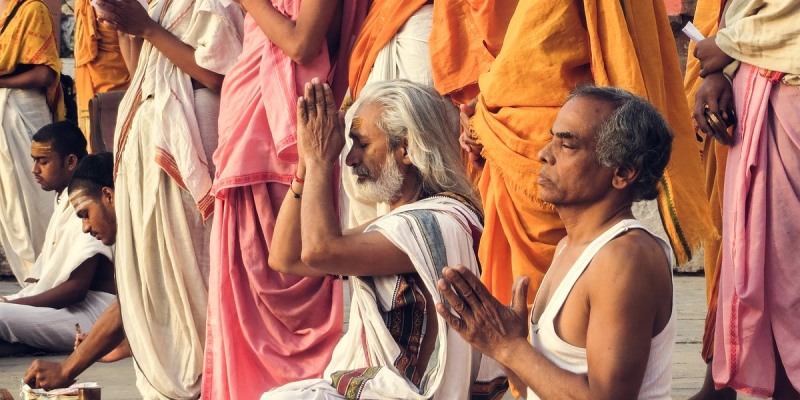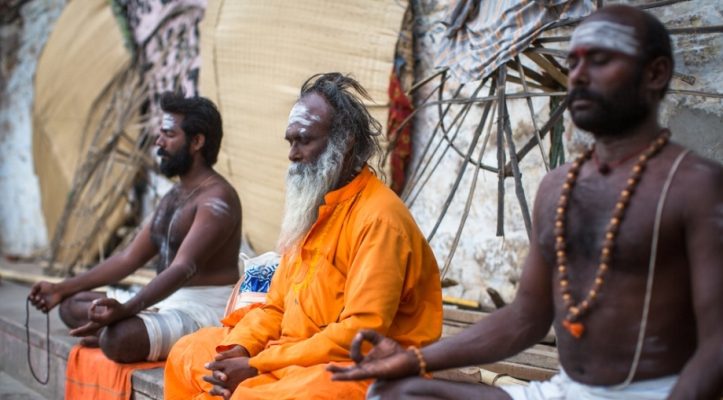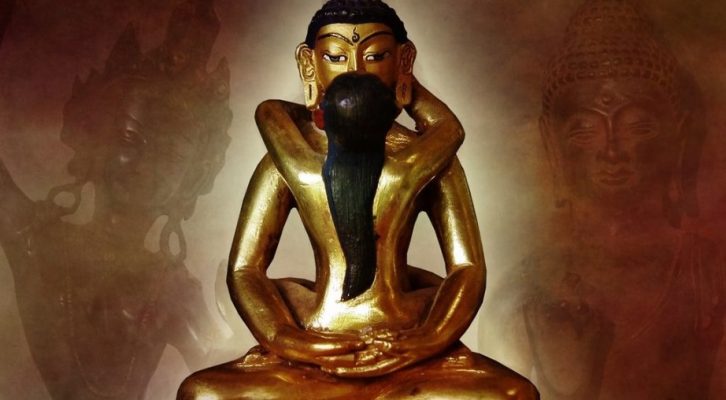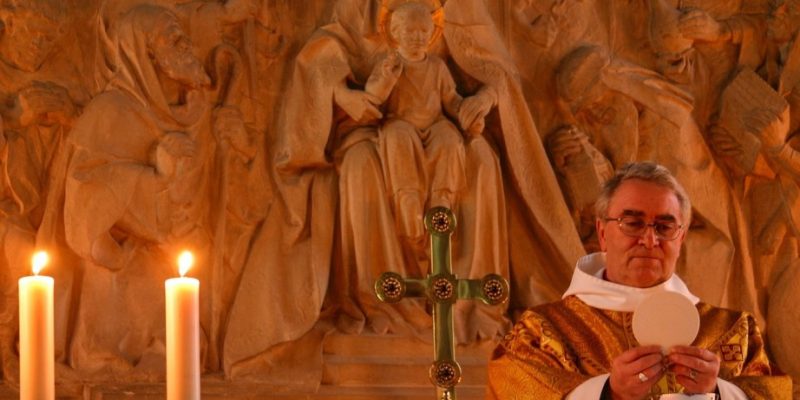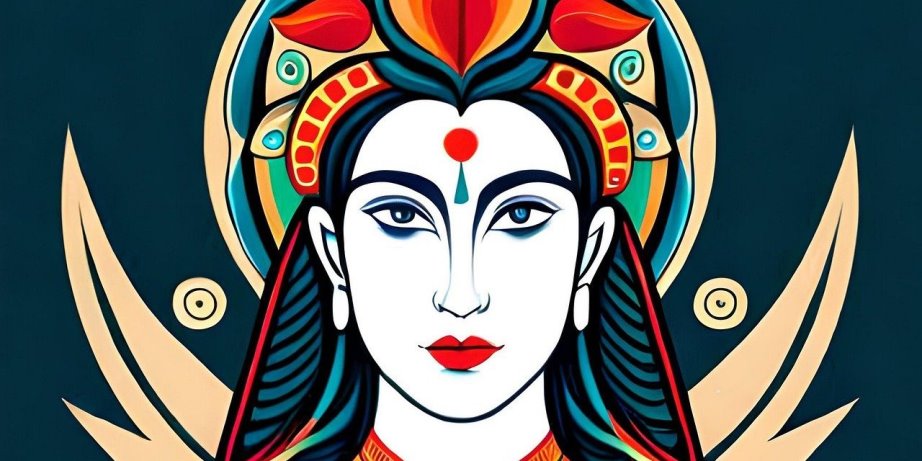
Mahavakya is a Sanskrit word, and is usually translated as Great Saying or Great Contemplation, being derived from Maha (meaning “great”) and Vakya (meaning “sentence,” “proposition,” “declaration,” “contemplation,” or “saying”).
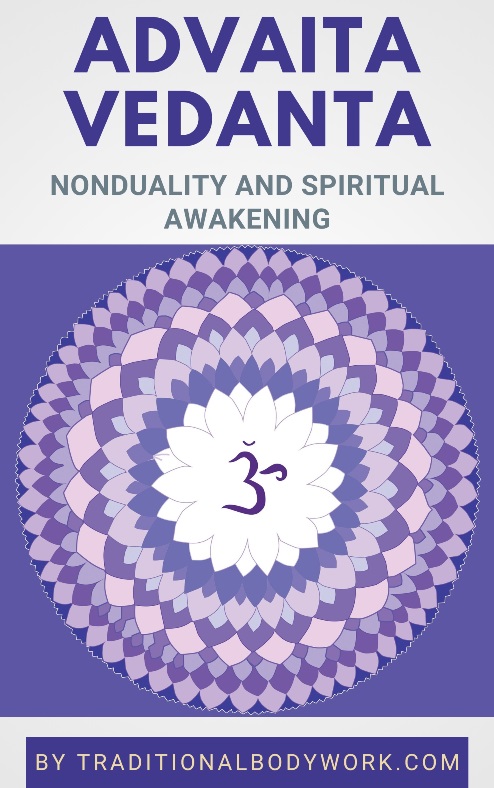
These Mahavakya statements and sentences are taken from the Upanishads, which are ancient Indian sacred texts that deal with topics such as meditation, Yoga, philosophy, consciousness, metaphysical and ontological knowledge.
In Advaita Vedanta, you’ll typically find the use of four principal Mahavakyas, each of them essentially pointing to the unity i.e. sameness of Atman (the Individual Self) and Brahman (the Divine Absolute), which is the core tenet of Advaita philosophy and teachings.
The idea behind the Mahavakyas is to ponder and meditate on them, to think about them, and use them as a mantra so that they reveal their truth and take away Avidya (spiritual ignorance) from the aspirant, finally leading to Spiritual Liberation i.e. Self-Realization.
Here further below you’ll find the four Mahavakyas with their respective explanation:
Tat Tvam Asi
This sentence Tat Tvam Asi is usually translated as “You Are That,” “That Thou Art,” “That’s How You Are,” or “Thus You Are.”
It’s typically a statement from a Guru spoken to students i.e. disciples in order to awaken the eternal truth in them that they are equal to Brahman.
It points to the complete identicalness of the individual Self (the personal “I”, soul, or Atman) with the absolute, ultimate Reality (Universal Self, Creator, Absolute Consciousness, or Brahman), both having the same qualities and same beingness.
Aham Brahmasmi (Aham Brahman Asmi)
Aham translates to “I”, Brahman points to “the whole,” “the all,” “the Absolute,” and Asmi means “am” or “to be.”
Hence, Aham Brahman Asmi means “I am Brahman”, “I am the Absolute,” or “I am Divine,” and is used as an affirmation and mantra.
It points to the Eternal Witness in us as being Brahman, being different from the limited “I,” Persona, or Ego. This Witness, the real Atman or Paramatman (which is Brahman) is what we really are.
It unites the macrocosmic idea of Universal Consciousness with the microcosmic consciousness of the individual Self.
Prajnanam Brahma
The Sanskrit word Prajna means “awareness,” “consciousness,” “intellect,” “knowledge,” or “wisdom”. In the context of Prajnanam Brahma it’s typically used in the meaning of “Brahma is Consciousness” or “All is Consciousness.”
Everything is (occurring) in consciousness. Knowing this consciousness as your Self is being this consciousness is being Brahman and absolute knowledge, intelligence, and wisdom.
Ayamatma Brahman (Ayam Atma Brahma)
Ayam means “this,” Atma is “Atman” or “Self,” and Brahman means “the Absolute,” “the Whole,” or “Supreme Entity.”
Hence, this sentence is usually translated as “This Self is Brahman,” “Myself is Brahman,” “This Atman is Brahman,” or “Atman is Brahman.”
It’s perhaps the most explicitly stated maxim of the four principal Mahavakyas as for the expression of the highest level of Advaitic truth that Atman=Brahman.






